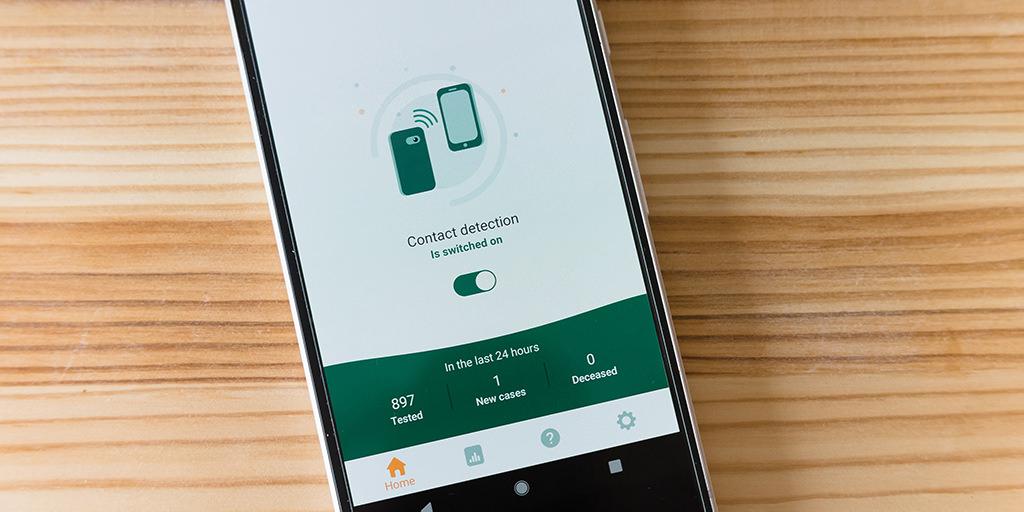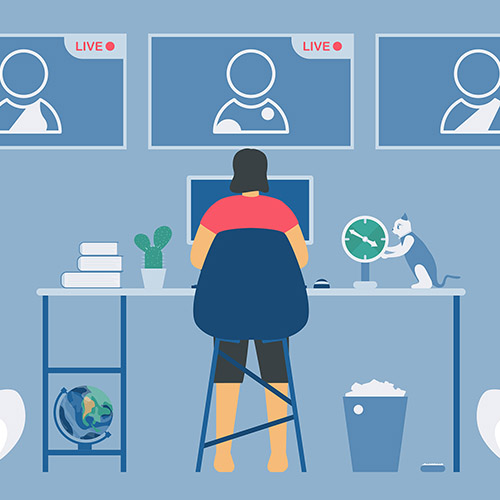The pandemic has uncovered a deep desire in us to have the best of both worlds when it comes to work. In our three - part series we are investigating what is needed across policy and culture, the built environment, and technological demands, to make hybrid work work for people and organizations. Embedded across each theme are underlying questions around human psychology and behavioral change. What is going to make people comfortable and excited about hybrid work?
In our third and final installment we look at technology.
Technology Alone Wont’ Solve It
At the onset of the pandemic, most of us at Cantina were comfortable with the mandate to switch to remote work. Yet, we’ve all been “zoomed out” at some point over the last year, struggling to balance quiet focused work from virtual meetings and distractions from home. And we can’t help but ask ourselves, how can technology further help us return to work safely and reduce the zoom fatigue we are all experiencing?
There isn’t an easy answer here. We’ve looked at ways to make people more comfortable with commuting again through technology such as crowd mapping, which is a result of crowd-aggregated data that is mapped to geographical data. Think of this as a heat map that could show you which areas in town are most crowded. We thought this could work great for our city of Boston, where congestion around public transportation and busy intersections are a common issue. But as always - these solutions are highly dependent on human behavior and behavioral change. People need to be willing to participate in this system in order for it to work.
We’ve also considered how extended reality (composed of technologies around augmented reality, virtual reality, and mixed reality) could be used for collaborative work. Although popular in the consumer market, we aren’t convinced that this emerging technology is ready for professional use in our vertical. The logistics around the cost of hardware and integration with office software tools present unique challenges around extended reality.
We’ve seen many technical solutions over the last year that companies have implemented. Some are tried and tested and others are more innovative. There’s no one size fits all solution, but regardless of what the solution is, it’s success is highly dependent on people’s willingness to participate, and technology alone is not going to solve all the challenges of hybrid work.
Conclusion
Figuring out the best hybrid work model for your company isn’t going to be an easy task. It will is require a thoughtful balance of changes across work policies, the physical office, and technological solutions. A bigger question that we are continuing to explore is around the human psyche. What mental shifts and behavioral changes are people willing to explore? Are people ready to “return to normal”? What emotional and mental scars do people hold now that will impact their willingness and ability to commute and work in an office again?
At Cantina, we’re deeply committed to exploring the future of work further. This impacts not only our internal work processes, but how we collaborate and work with our clients. Do you have other solutions you are exploring with hybrid work? Are you an expert in behavioral psychology and are fascinated by the changes you’re seeing in a post-COVID world? We’d love to hear what you and your company are doing. Reach out to us and we’d love to connect with you.
Special thanks to Steve Benoit, Gail Black Smith, and Janus Cole for their help with researching and editing this article.




